Danakil Depression
The next and the last day of the tour (the beginning is here) we woke up very early again – around 4 am – to visit Dallol, or Danakil, the reason why I wanted to go on this tour in the first place.
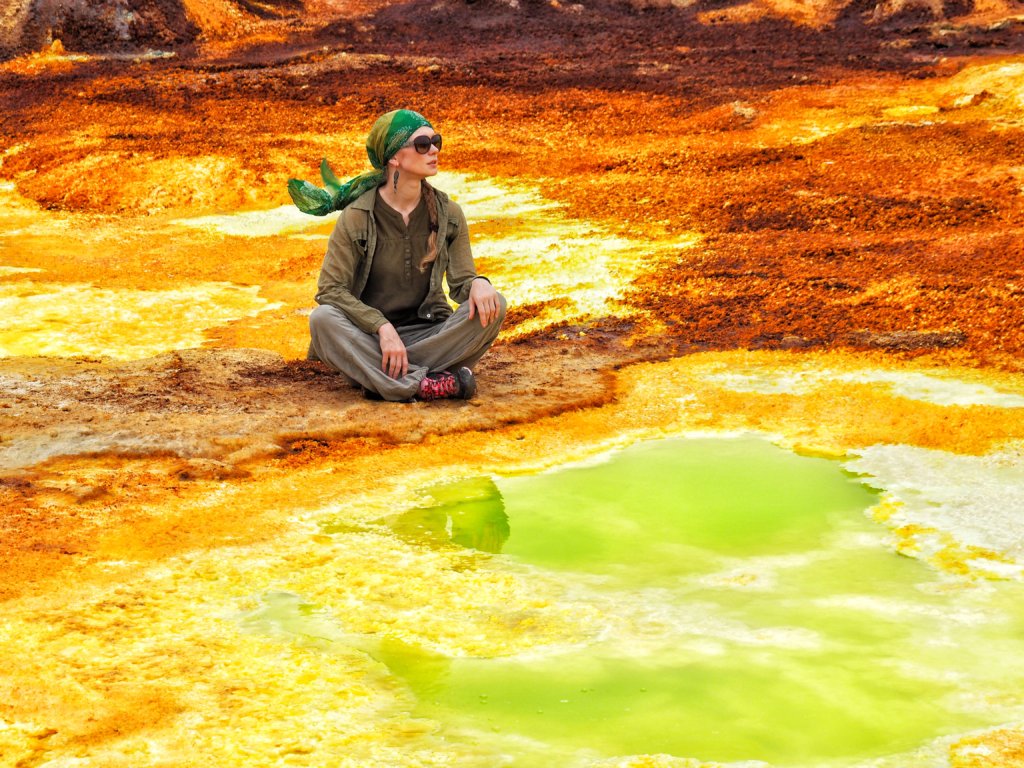
Dallol is about three-hour drive from Abala. After the stop in Berhale for breakfast and entry permission papers, we arrived in Dallol at around 9 am and had about an hour to explore the area. In fact, it was a very wise decision of our tour guide to do it in the morning, as the place is simply mesmerizing and you definitely need some time to walk around and enjoy the intense colors and bizarre structures. Other groups, which reached Dallol around noon, were able to endure the heat for maximum a quarter of an hour only, what it absolutely insufficient to explore this out-of-the-earth area.
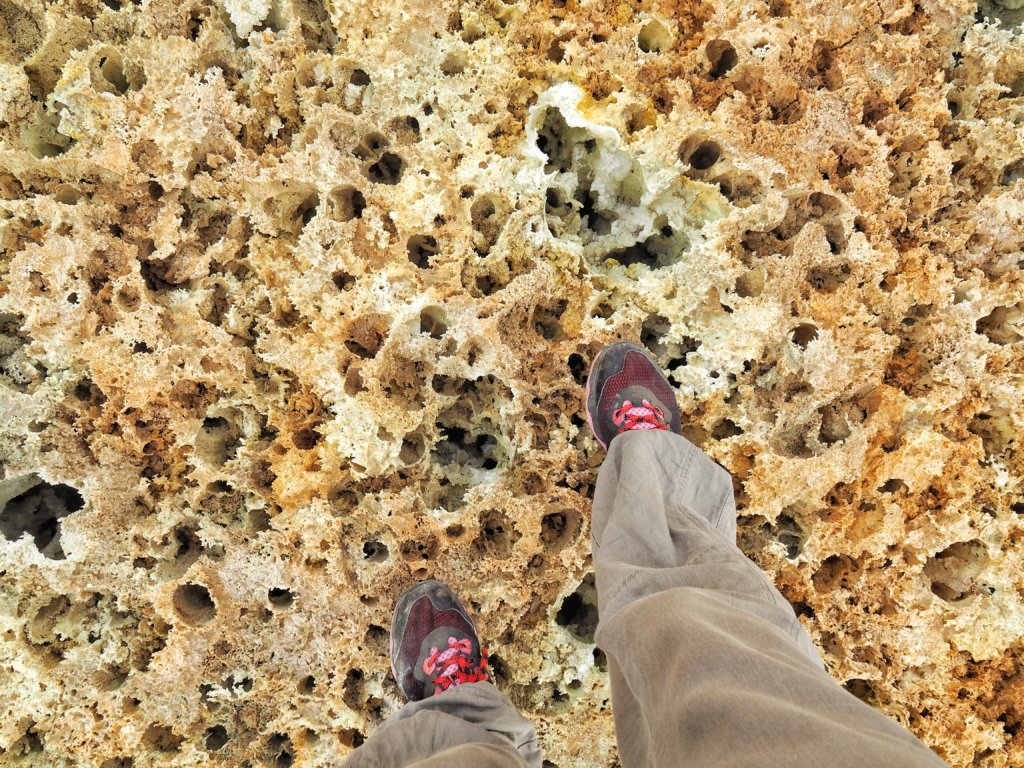

During one hour spent here, we couldn’t stop taking picture – the colors and structures were endlessly alluring. Our guide told us that it was possible to walk wherever we wanted to, but warned that touching the liquids would be dangerous – the water temperature can be very high and some liquids might be acidic. It is difficult to imagine that something like that would be allowed in Europe: the patterns we were walking on were so fragile that I was afraid, first, that at some point my foot will fall through the surface into the boiling water and, second, that these structures will be simply irrevocably destroyed under the feet of hundreds of tourists.
Ethiopian salt lakes
The next destination point of our drive was an oil lake – the “water” was indeed fatty. The locals use this liquid to heal skin diseases. However, this liquid is not potable. Birds who drink it die in pain – we have seen several shady places where many birds have crept to cool down, seeking for relief, but died instead. This lake turned to be the Gaet’ale Pond, one of the saltiest bodies on Earth. Its water has a salinity of 43%, which makes it the second saltiest pond on Earth (the first is in Antarctica).
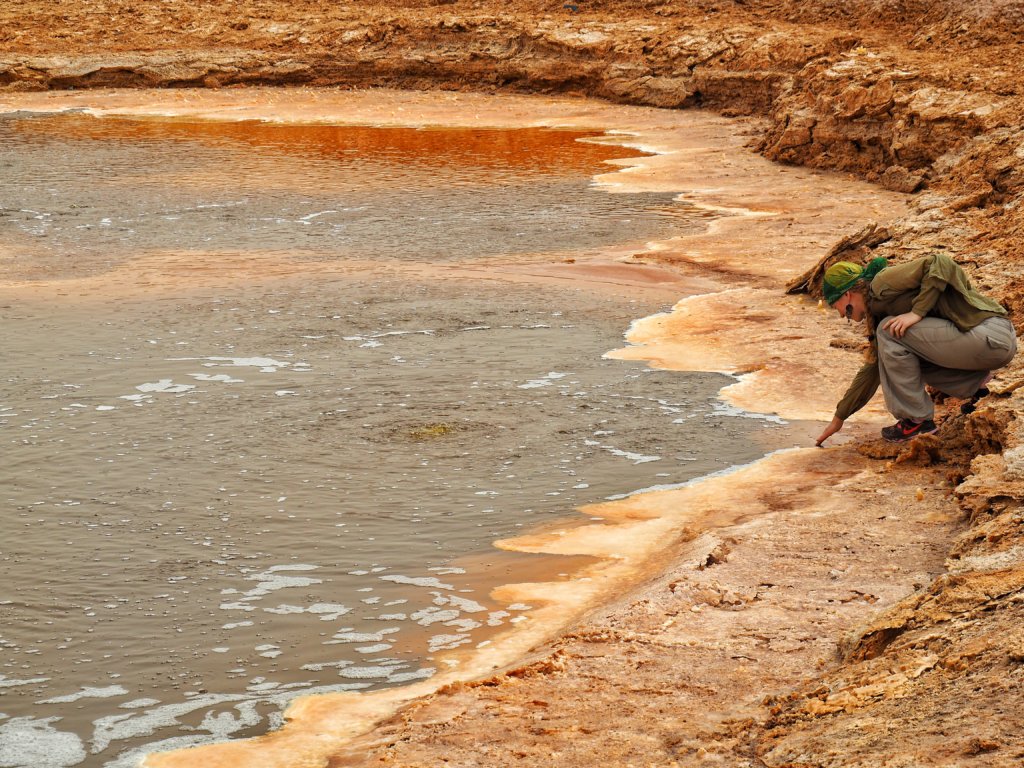
On the way to the Asale lake (known as well as Lake Karum), we drove by a small swimming pool carved in the salt mass by the nature. There you can float for a while, but beware, the edges of the “pool” are salt crystals and can be very sharp!
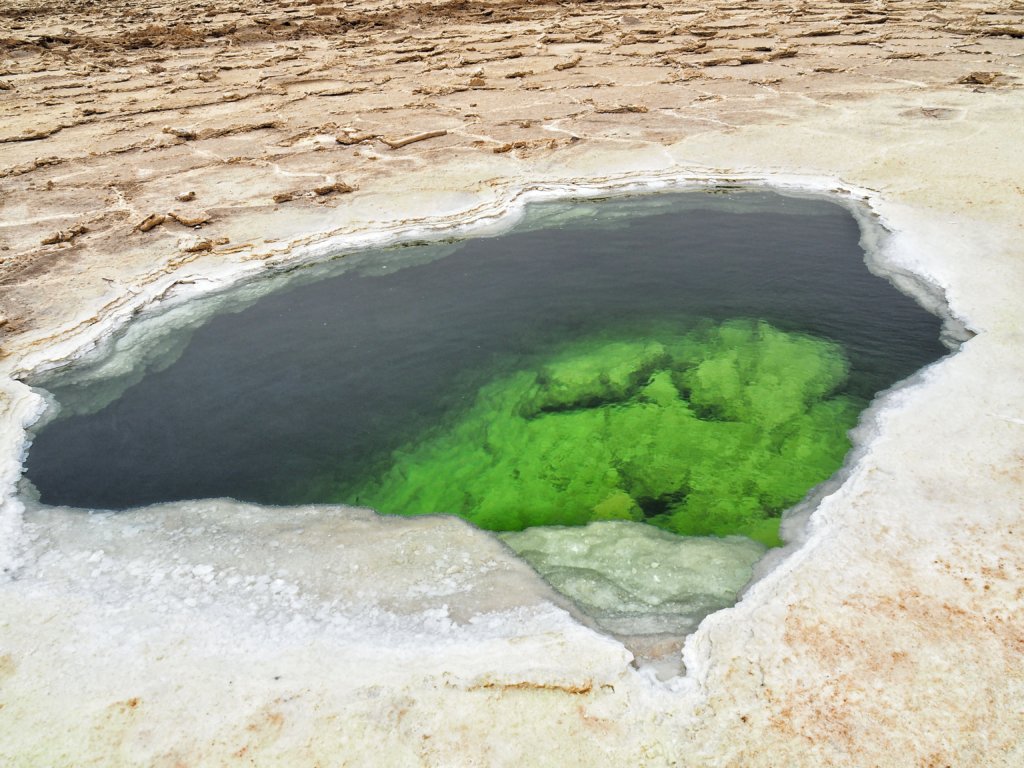
The Asale lake, which lies 120 m below the sea level, looks from the distance like a paradise beach with snow-white sand, but when you approach it, it turns out to be salt with a thin layer of water on it. The Asale lake is extremely salty and is surrounded by a saltpan, which is still mined manually, in traditional way. The salt is transported by the camel caravan to the rest of the country. The salt mine workers earn about 30 dollar a day which is a lot to Ethiopian standards.
By the way, I own the hairstyle on the photo above to the youngest daughter of the last night homestay owners, Salma. She spoke very decent English for a 10-year-old girl and already started her hairdressing business.
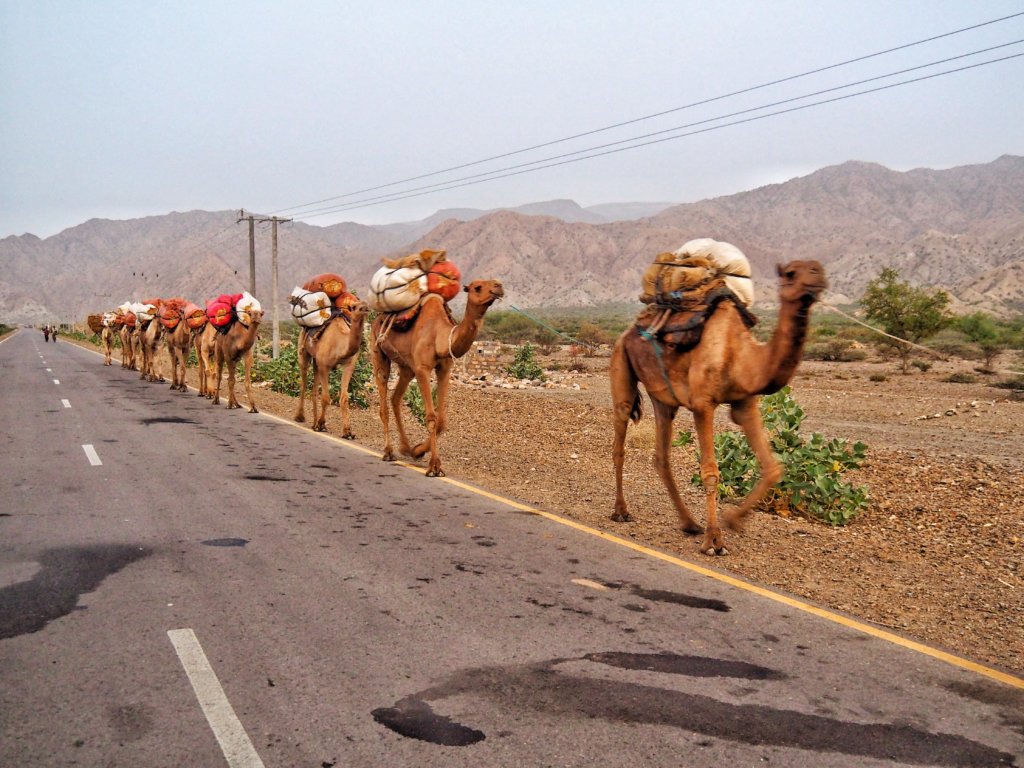
Mekele
After the lunch, we drove back to Mekele and enjoyed a dinner in the Ze Yordanos. The university town of Mekele, the fifth biggest city in Ethiopia, is an attractive staging post for the travelers, attracting them with a lot of restaurants and hotels as well as boiling night life in Kebele 16, a quarter with the cobble-stone paved streets.
One of the well known restaurants is Geza Gerlaze 1, famous for its beef or goat derek tibs, stir fried, with some butter in a pan which makes some pieces crunchy. It was served in a just-from-the-oven hot earthenware with the hot coals in the bottom. Delicious!
In Mekele, if you would like to hide from the crowds and look at the life from the distance, I can recommend you to have a coffee and a fruit punch at Atze Yohannes IV, a high-standard hotel and restaurant overlooking the nearby square and Lucy Park.
In the morning, we visited the central market in Mekele (unsuccessfully) searching for some souvenirs. It was unusual to realize that this country is yet so non-touristy, that you can find only the household staff and anything you need for the everyday life on the market, but not the tourist junk. Instead, we found a huge variety of unknown spices, impressive sacks of ridiculously cheap chili and enormous amount of traditional dresses.
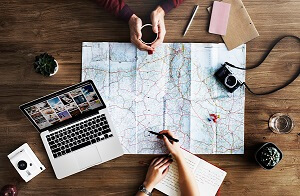
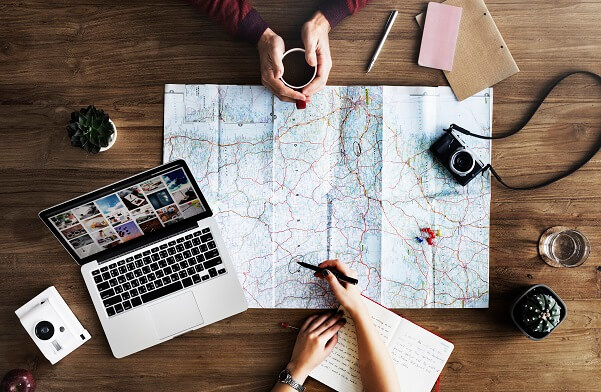

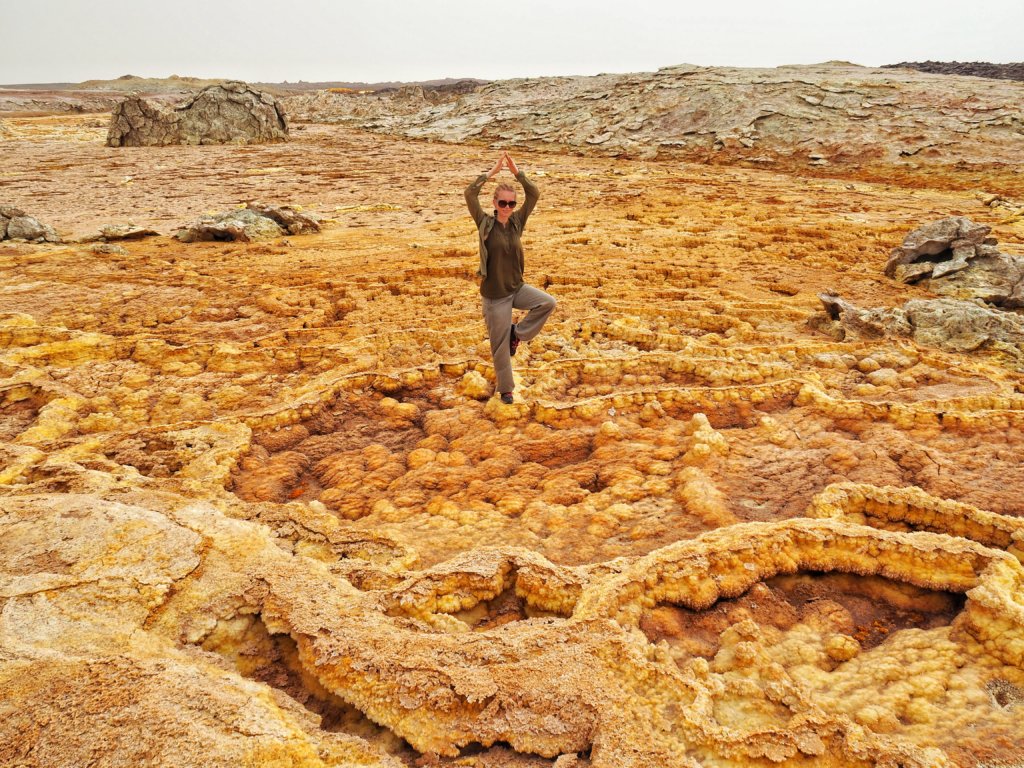
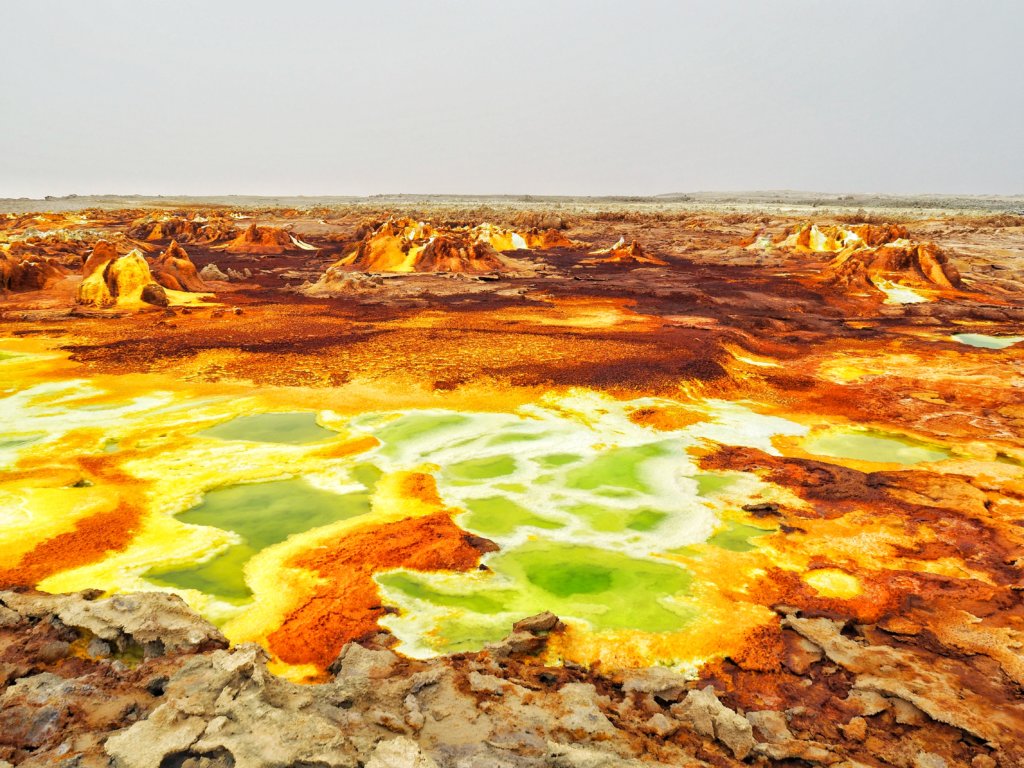
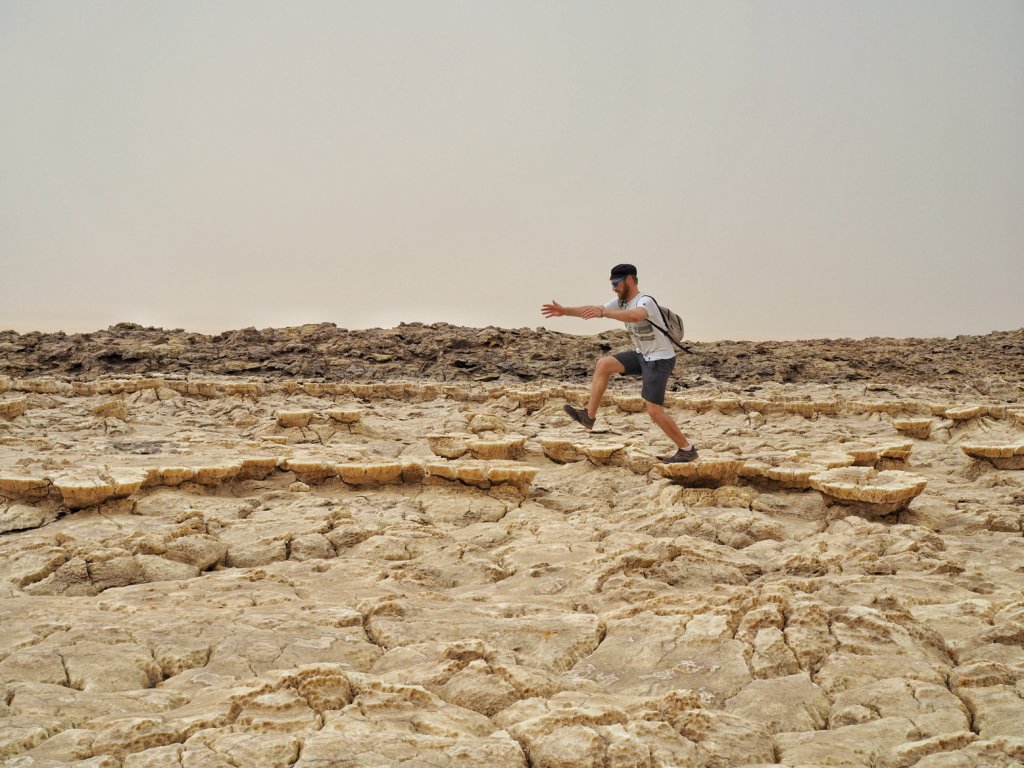
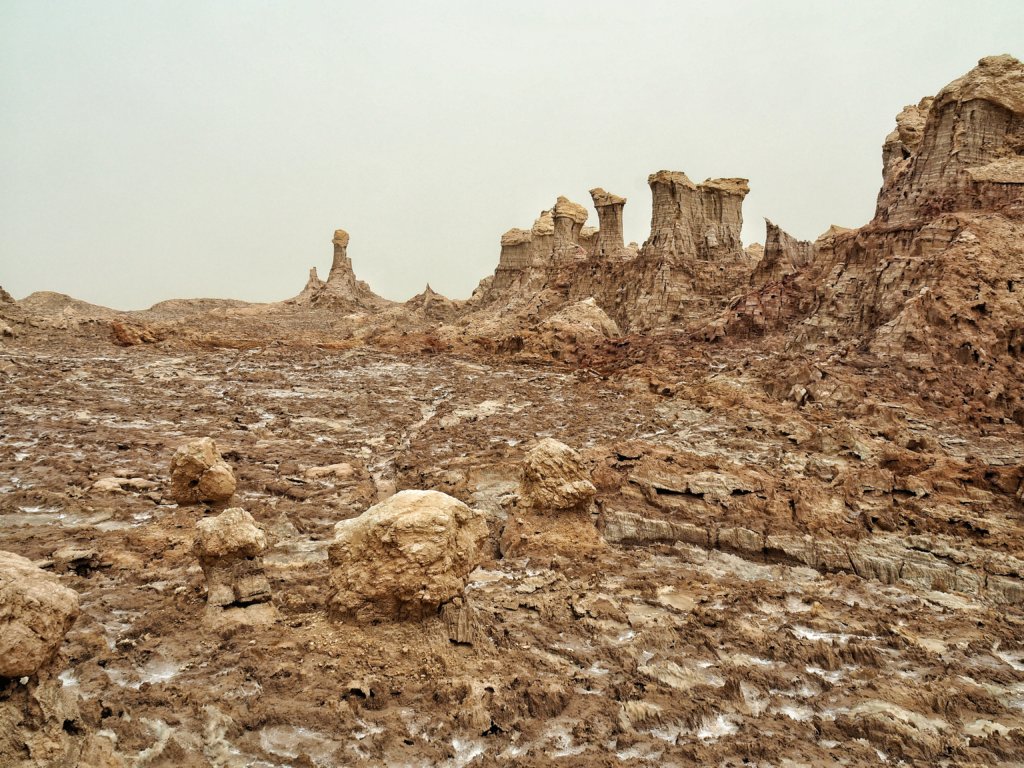
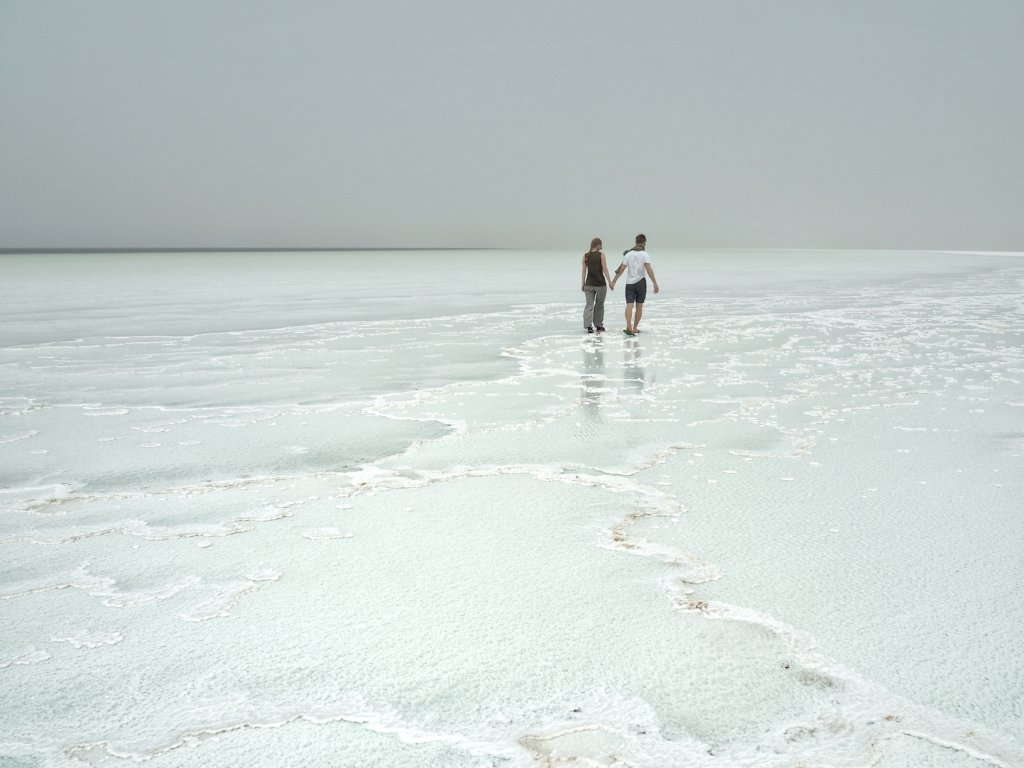
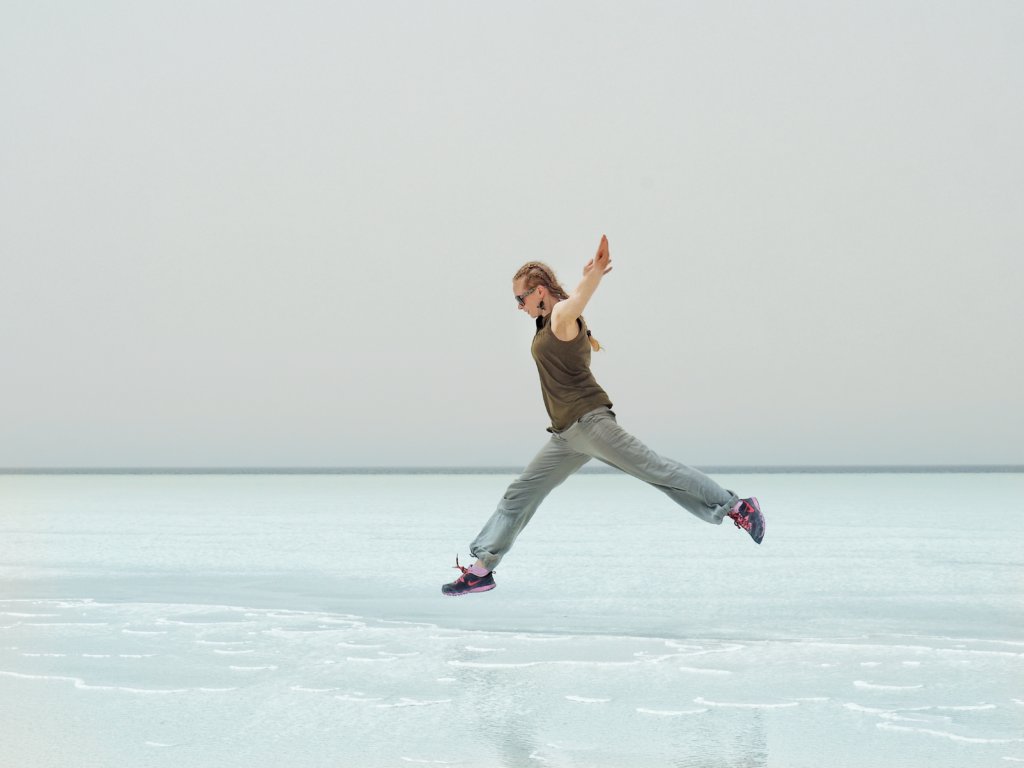
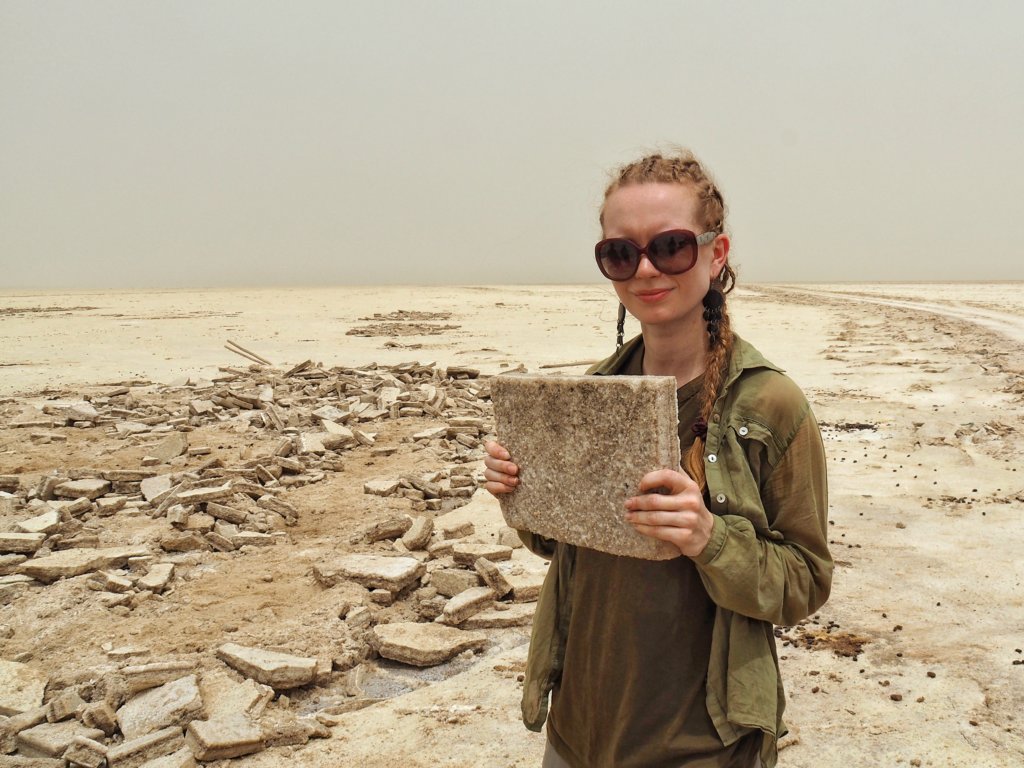

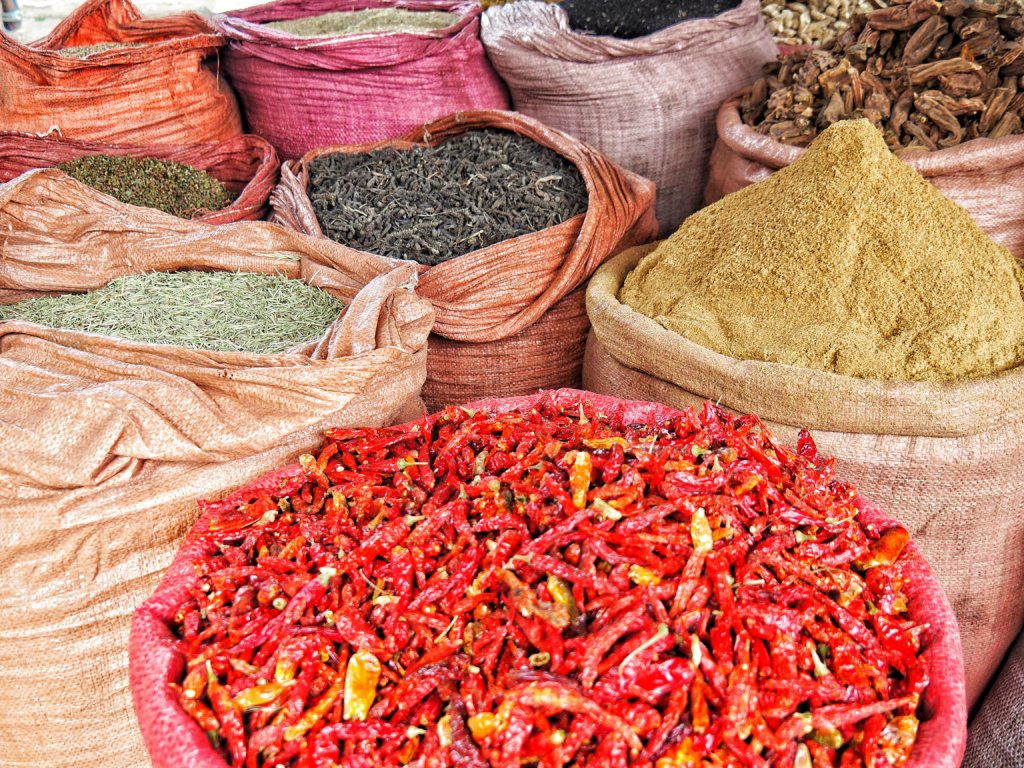
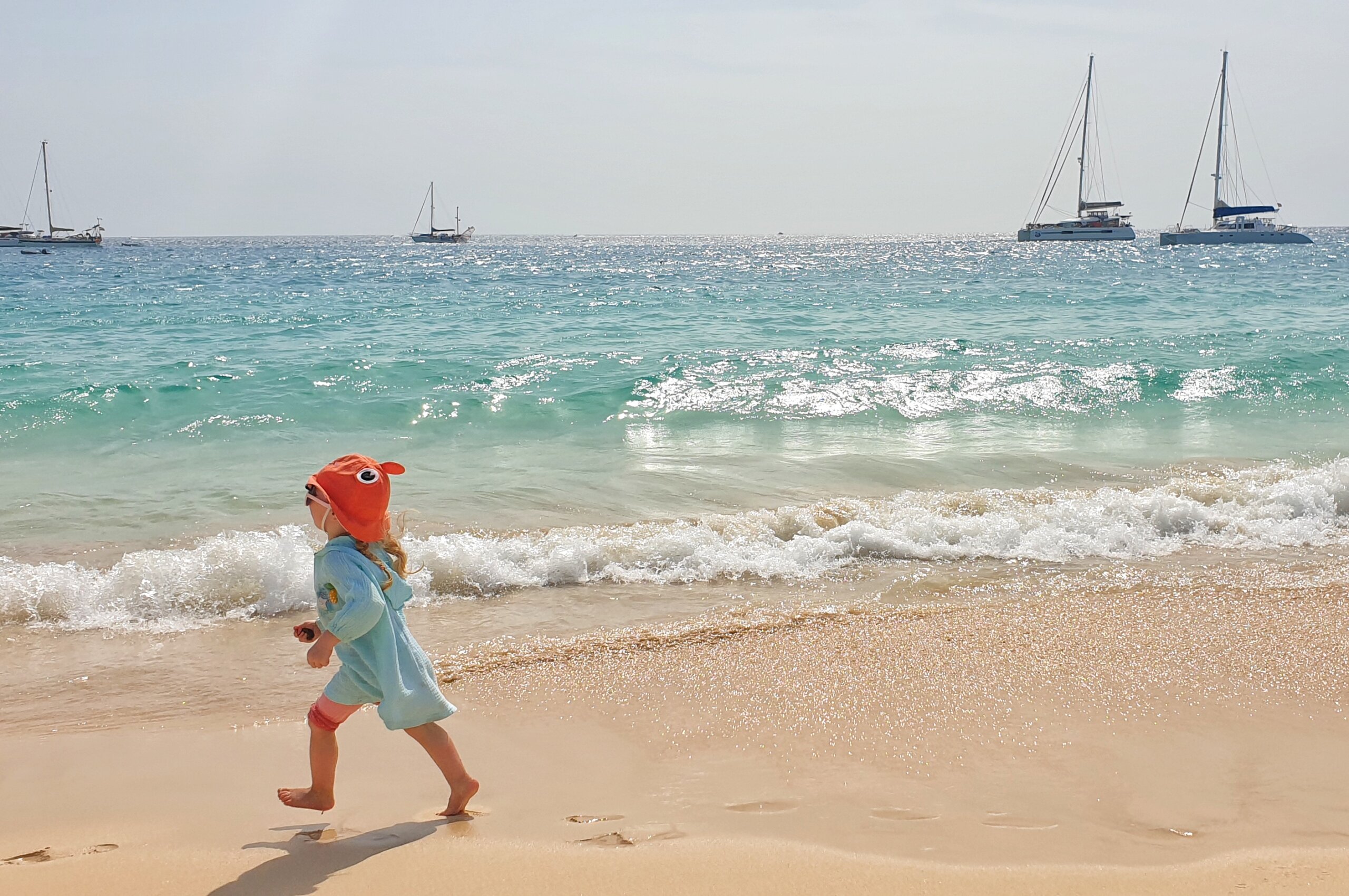

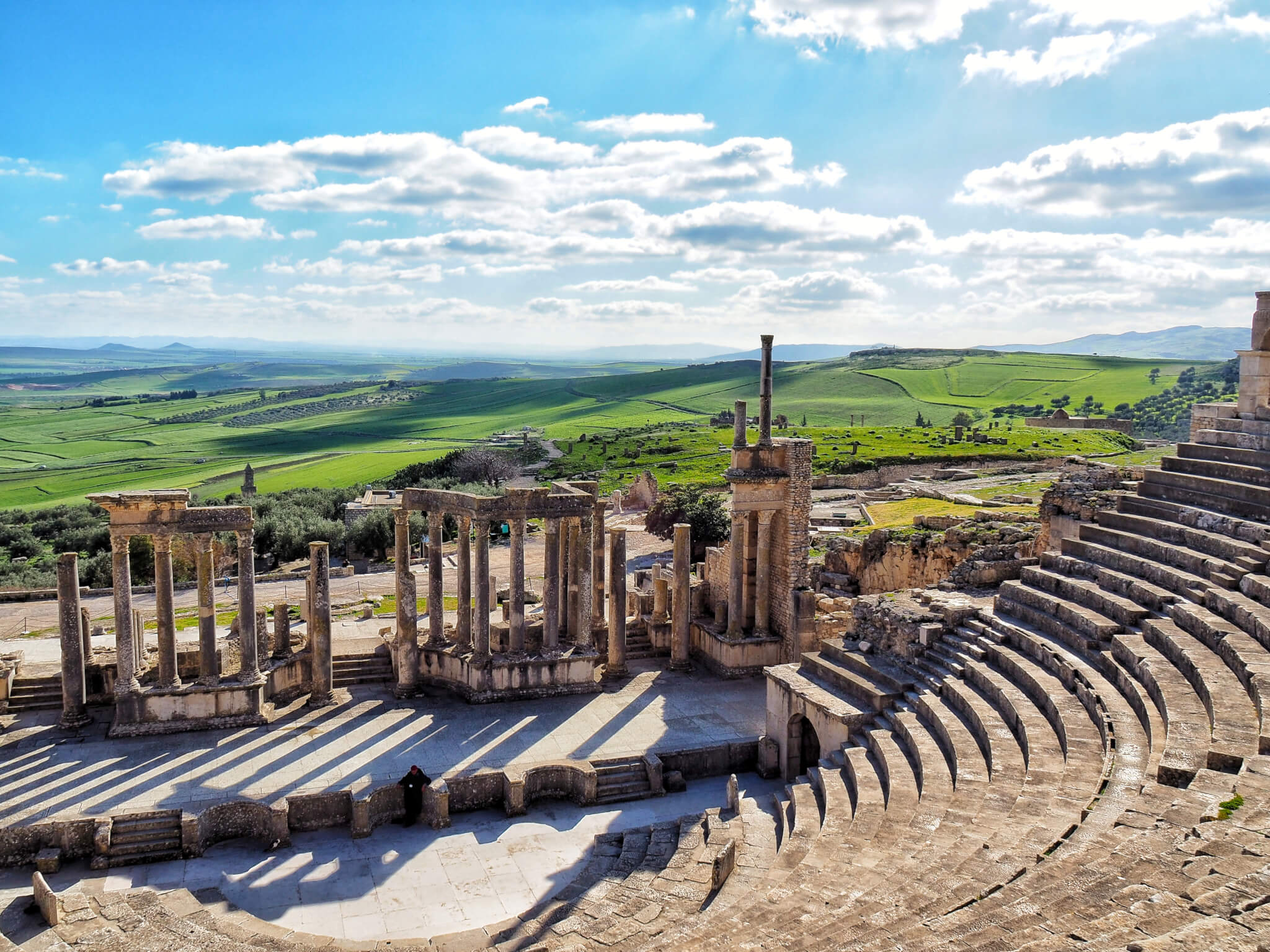
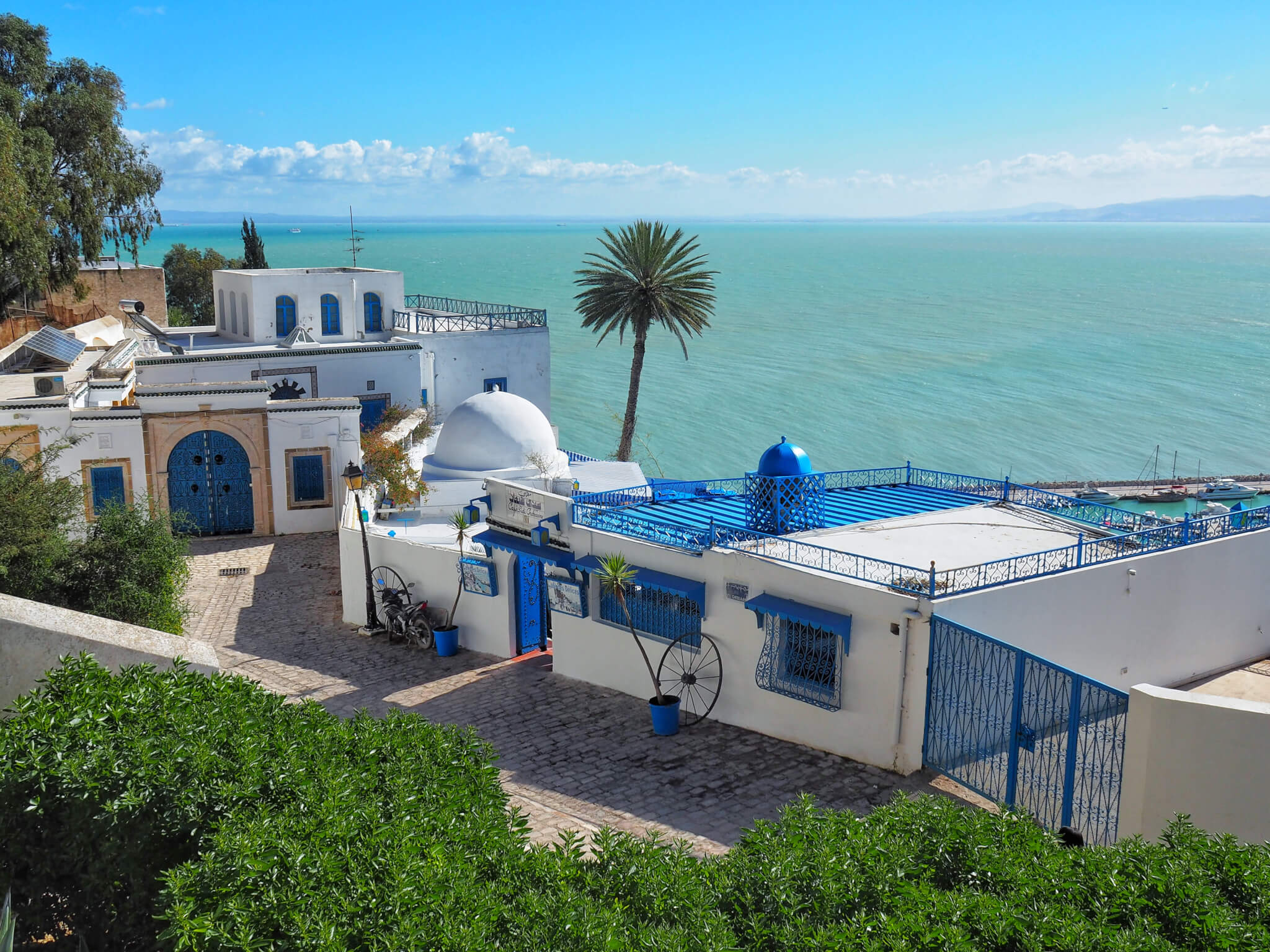

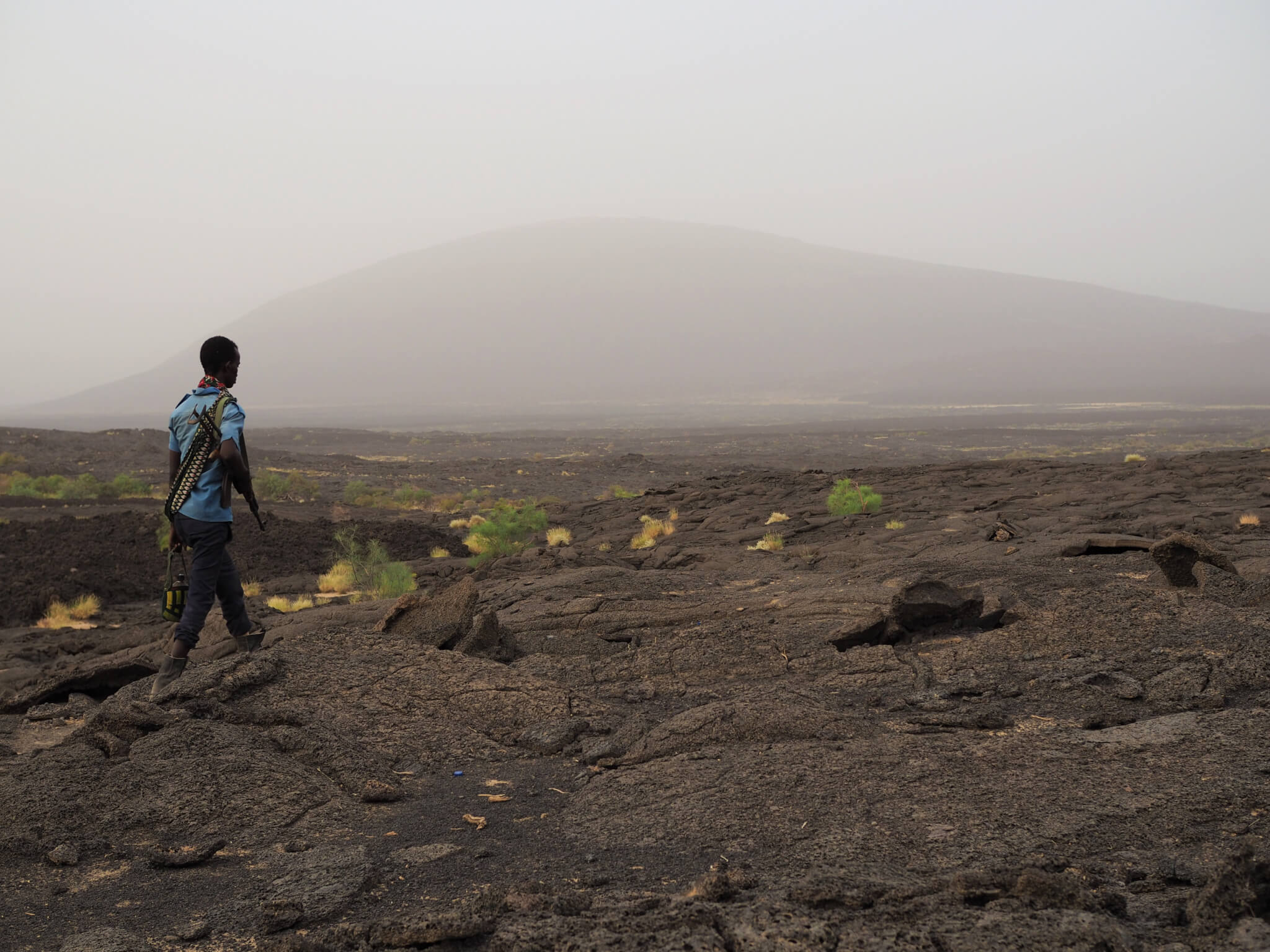

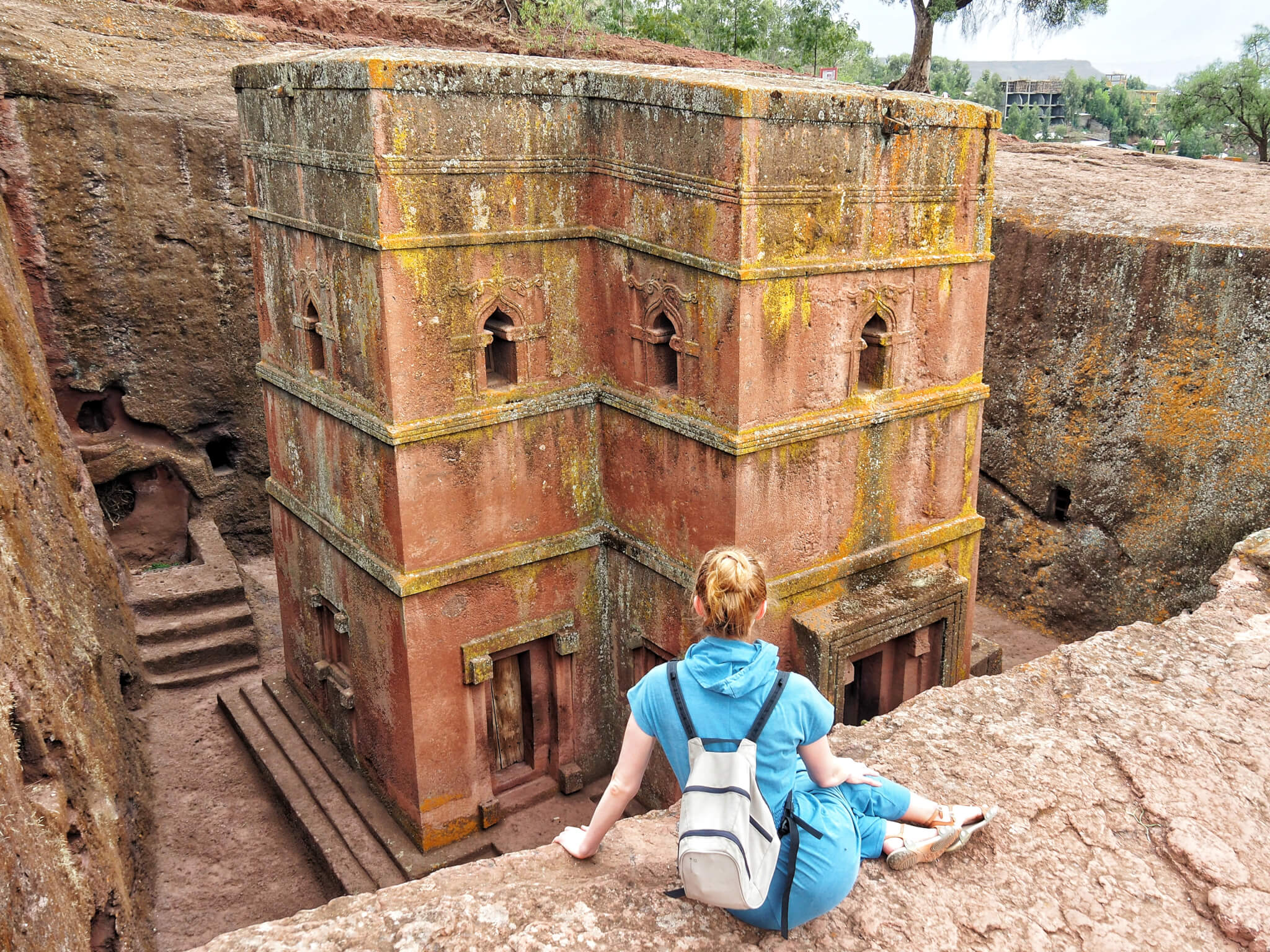
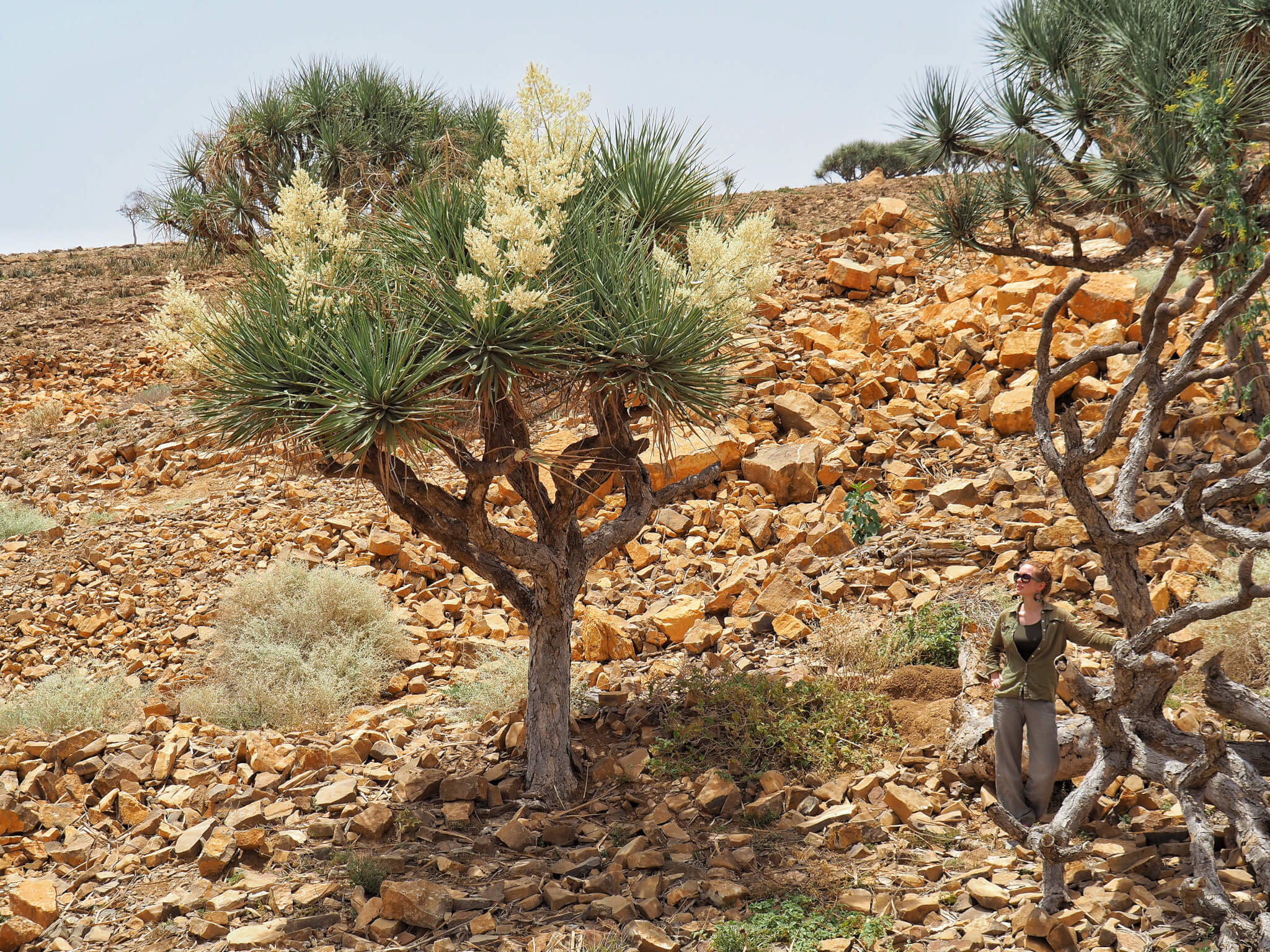

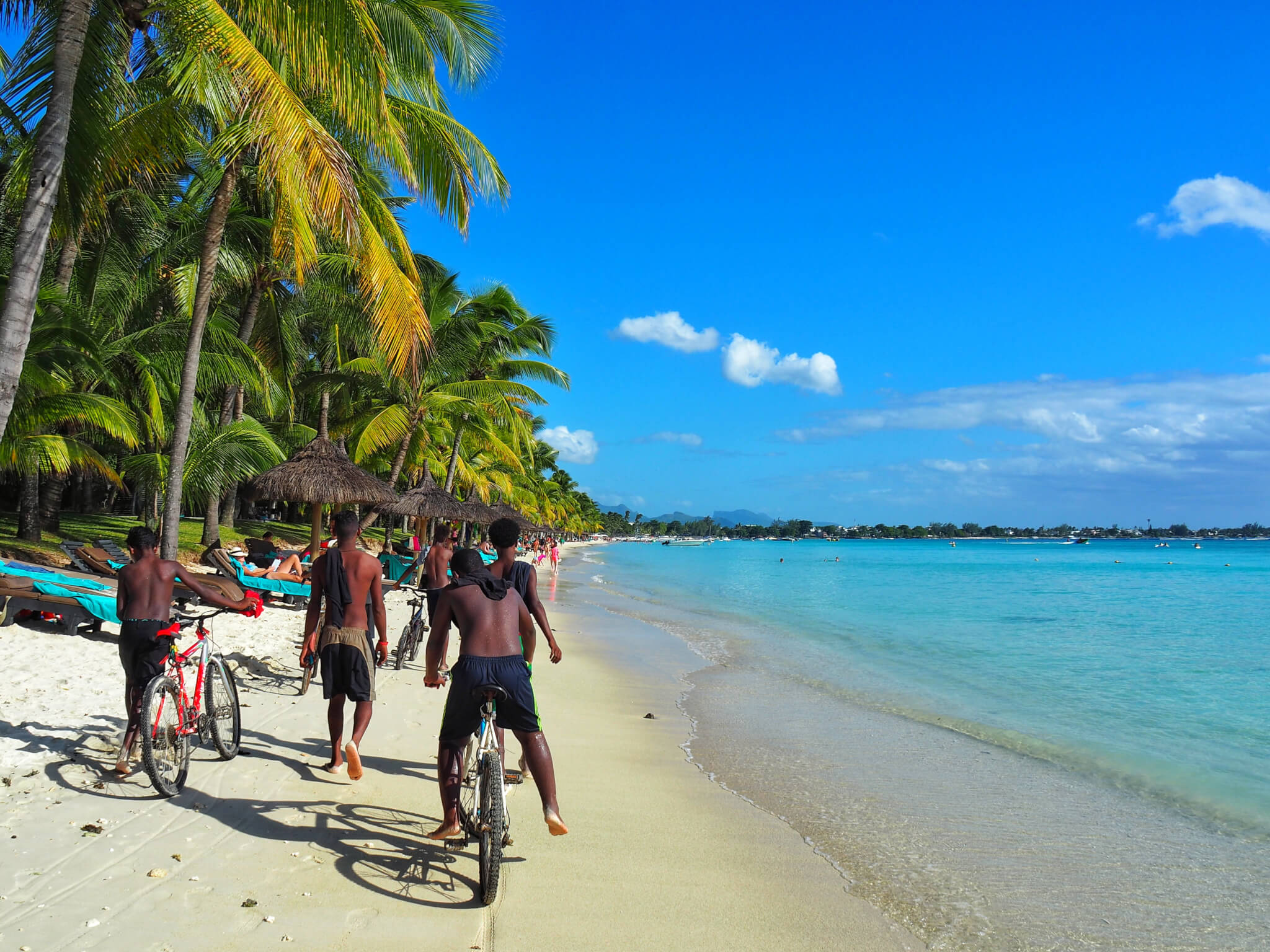
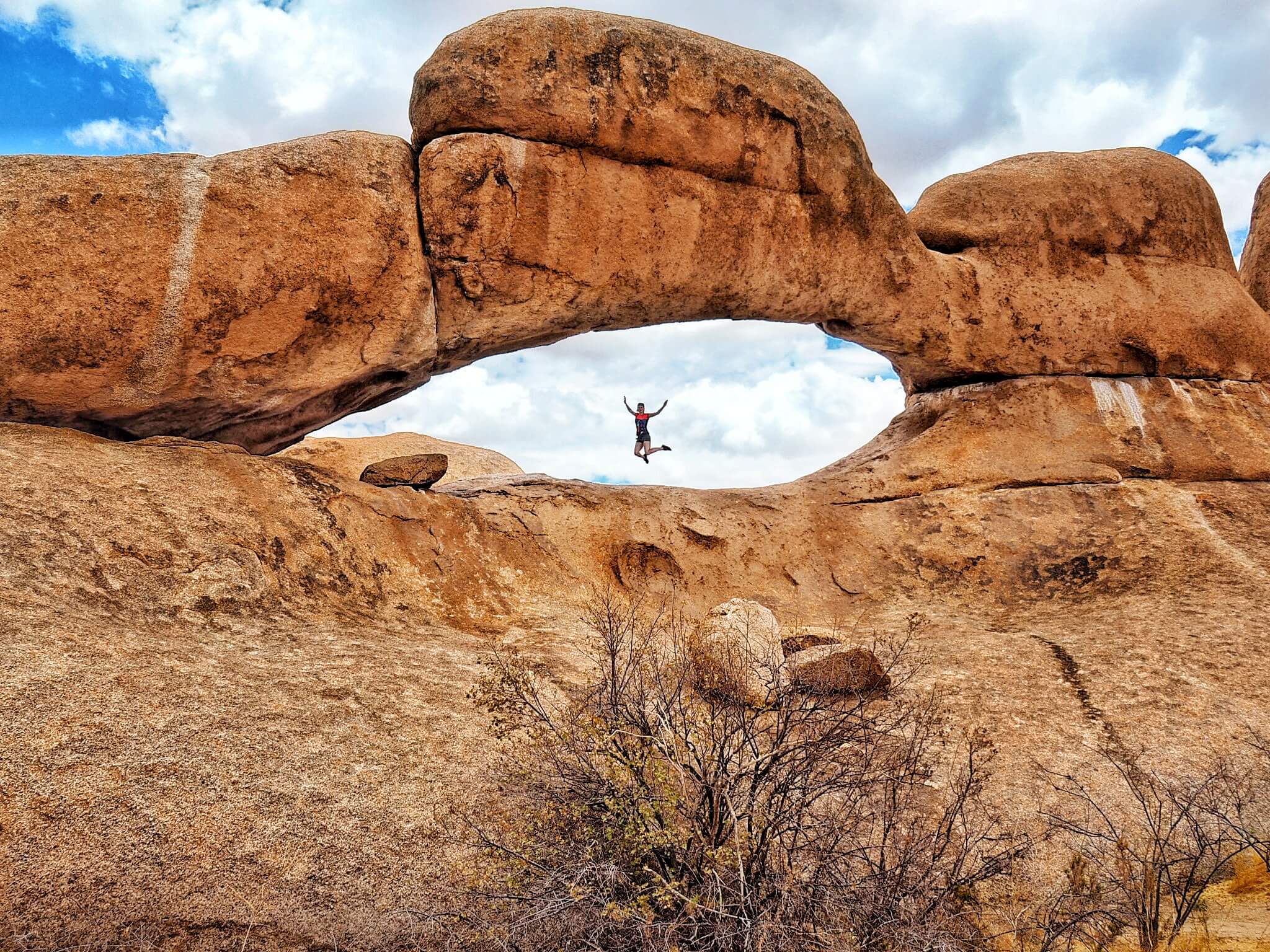
Leave A Comment